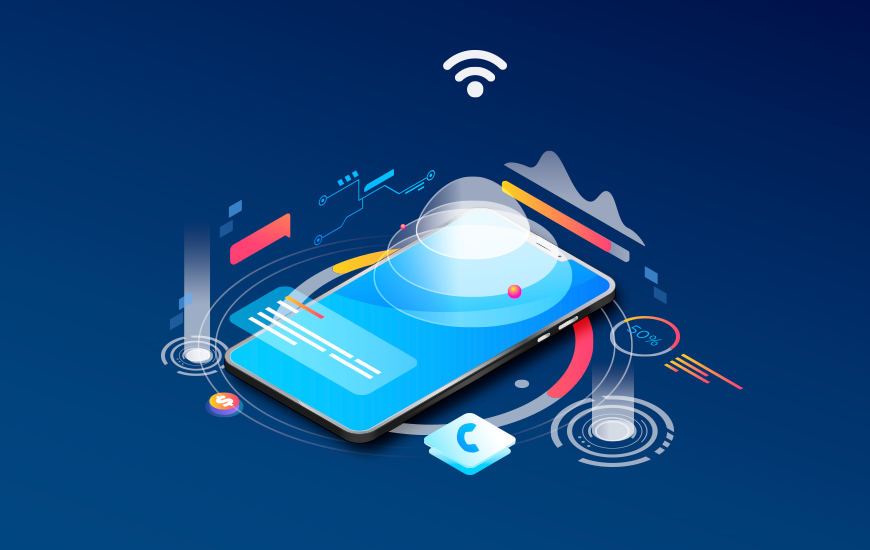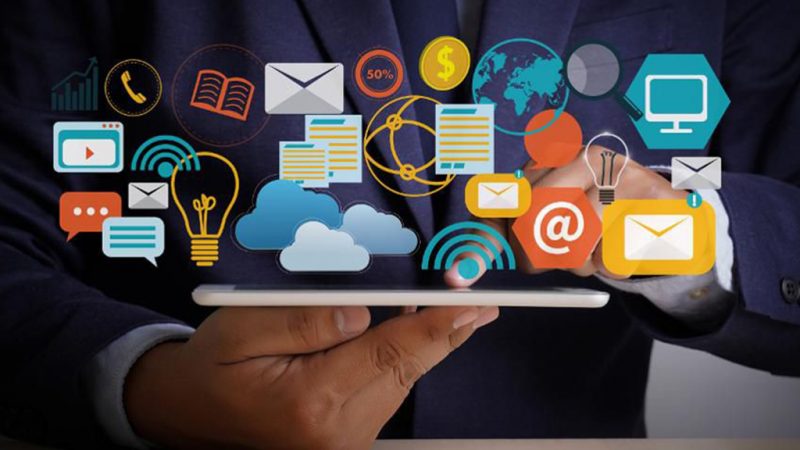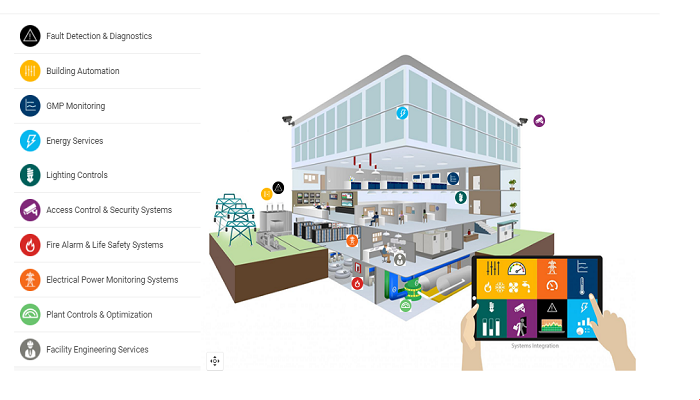Top 10 latest technology trending updates
Top 10 Trending Technologies
Change is that the only constant. this is applicable to your business life also. Up-skilling yourself may be a need nowadays, the rationale is pretty simple, technology is evolving very quickly. I even have listed the highest 10 trending technologies, which are expected to accumulate an enormous market in 2020.
So, let’s make a replacement year resolution to master anybody of the below technologies:
Artificial Intelligence
Blockchain
Augmented Reality and computer game
Cognitive Cloud Computing
Angular and React
DevOps
Internet of Things (IoT)
Intelligent Apps (I – Apps)
Big Data
RPA (Robotic Process Automation)
So, the countdown begins from here.

1. AI AI
In computing, AI (AI), sometimes called machine intelligence, is intelligence demonstrated by machines, in contrast to the natural intelligence displayed by humans and animals. Leading AI textbooks define the sector because of the study of “intelligent agents”: any device that perceives its environment and takes actions that maximize its chance of successfully achieving its goals. Colloquially, the term “artificial intelligence” is usually wont to describe machines (or computers) that mimic “cognitive” functions that humans accompany the human mind, like “learning” and “problem-solving”.
As machines become increasingly capable, tasks considered to need “intelligence” are often faraway from the definition of AI, a phenomenon referred to as the AI effect. A quip in Tesler’s Theorem says “AI is whatever hasn’t been done yet.” as an example, optical character recognition is usually excluded from things considered to be AI, having become a routine technology. Modern machine capabilities generally classified as AI include successfully understanding human speech, competing at the very best level in strategic game systems (such as chess and Go), autonomously operating cars, intelligent routing in content delivery networks, and military simulations
Artificial intelligence was founded as a tutorial discipline in 1955, and within the years since has experienced several waves of optimism, followed by disappointment and therefore the loss of funding (known as an “AI winter”), followed by new approaches, success and renewed funding. for many of its history, AI research has been divided into sub-fields that always fail to speak with one another. These sub-fields are supported technical considerations, like particular goals (e.g. “robotics” or “machine learning”), the utilization of particular tools (“logic” or artificial neural networks), or deep philosophical differences. Sub-fields have also been supported by social factors (particular institutions or the work of particular researchers).
The traditional problems (or goals) of AI research include reasoning, knowledge representation, planning, learning, tongue processing, perception and the power to manoeuvre and manipulate objects General intelligence is among the field’s long-term goals. Approaches include statistical methods, computational intelligence, and traditional symbolic AI. Many tools are utilized in AI, including versions of search and mathematical optimization, artificial neural networks, and methods supported statistics, probability and economics. The AI field draws upon computing, information engineering, mathematics, psychology, linguistics, philosophy, and lots of other fields.
The field was founded on the idea that human intelligence” can be so precisely described that a machine is often made to simulate it”. This raises philosophical arguments about the character of the mind and therefore the ethics of making artificial beings endowed with human-like intelligence. These issues are explored by myth, fiction and philosophy since antiquity some people also consider AI to be a danger to humanity if it progresses unabated. Others believe that AI, unlike previous technological revolutions, will create a risk of mass unemployment.
In the twenty-first century, AI techniques have experienced a resurgence following concurrent advances in computer power, large amounts of knowledge, and theoretical understanding; and AI techniques became an important a part of the technology industry, helping to unravel many challenging problems in computing, software engineering and research.
2. BLOCKCHAIN TECHNOLOGY
A blockchain may be a decentralized, distributed, and oftentimes public, digital ledger that’s wont to record transactions across many computers in order that any involved record can’t be altered retroactively, without the alteration of all subsequent blocks.
3. AUGMENTED REALITY AR TECHNOLOGY
Augmented reality (AR) is an interactive experience of a real-world environment where the objects that reside within the world are enhanced by computer-generated perceptual information, sometimes across multiple sensory modalities, including visual, auditory, haptic, somatosensory and olfactory.
computer technology to make a simulated environment. … By simulating as many senses as possible, like vision, hearing, touch, even smell, the pc is transformed into a gatekeeper to the present artificial world.
4. COGNITIVE COMPUTING TECHNOLOGY
Cognitive Computing is closely associated with AI and its multiple subsumed technologies (image recognition, pattern recognition, machine learning, tongue processing, and therefore the like). It differs from traditional data analytics, due to its agile, interactive and contextual properties.
5. ANGULAR AND REACT TECHNOLOGY
between Angular and React. Angular may be a complete framework while React may be a JavaScript Library. Angular uses a two-directional data flow process where it updates the important DOM directly whileReact updates only the Virtual DOM and cares with the one-directional
6. DevOps TECHNOLOGY
DevOps may be a set of practices that mixes software development and information-technology operations which aims to shorten the systems development life cycle and supply continuous delivery with high software quality.
7. the web OF THINGS TECHNOLOGY
The Internet of things may be a system of interrelated computing devices, mechanical and digital machines given unique identifiers and therefore the ability to transfer data over a network without requiring human-to-human or human-to-computer interaction.
8. INTELLIGENT APPS TECHNOLOGY
Intelligent things APPS may be a term for everyday objects that incorporate autonomous technology. In other words, intelligent things can answer world conditions automatically.
Top 7 Best AI Apps for Android & iOS
Cortana. After the launch of Windows 10, Cortana may be a well-known application to all or any.
Hound. Hound is yet one more application that you simply would like to use. …
Recent News. …
Elsa. …
Stifr Magic Cleaner. …
Google Allo. …
Robin.
9. BIG DATA TECHNOLOGY
Big data may be a field that treats ways to research, systematically extract information from, or otherwise affect data sets that are overlarge or complex to be addressed by traditional data-processing application software.
10. ROBOTIC PROCESS AUTOMATION TECHNOLOGY RPA
How Robotic process automation works
Robotic process automation
n (RPA) is the use of software with AI (AI) and machine learning capabilities to handle high-volume, repeatable tasks that previously required humans to perform. These tasks can include queries, calculations and maintenance of records and transactions.Robotic process automation (RPA): software robots that mimic and integrate human actions within digital systems to optimize business processes. RPA captures data, runs applications, triggers responses, and communicates with other systems to perform a spread of tasks – Uipath.
Sharing is caring!






